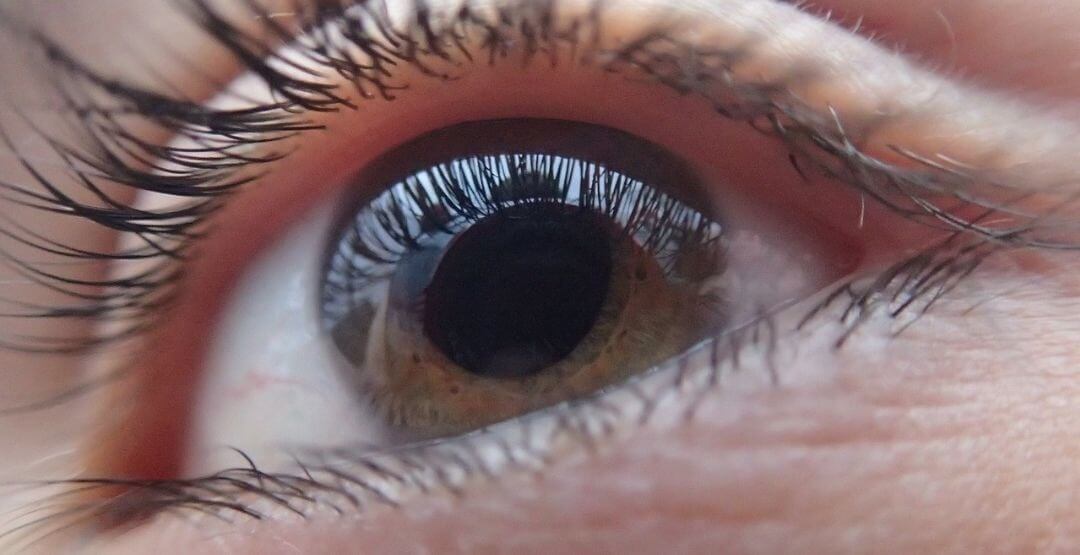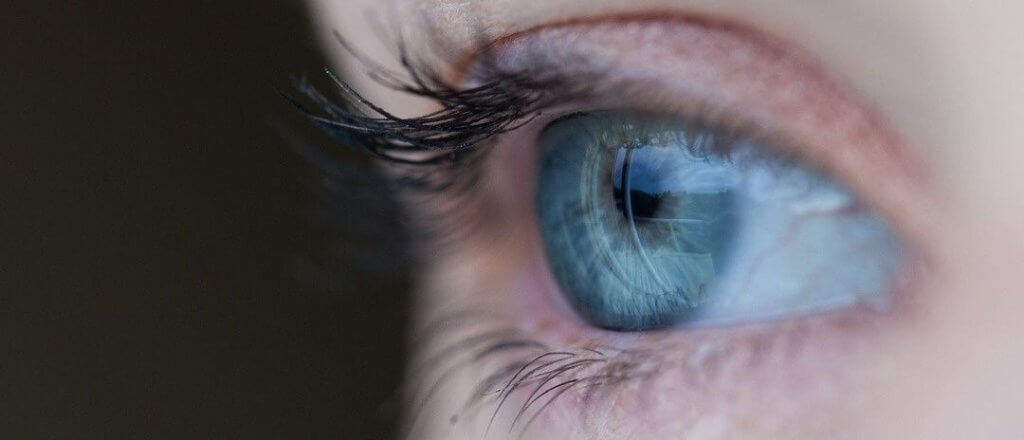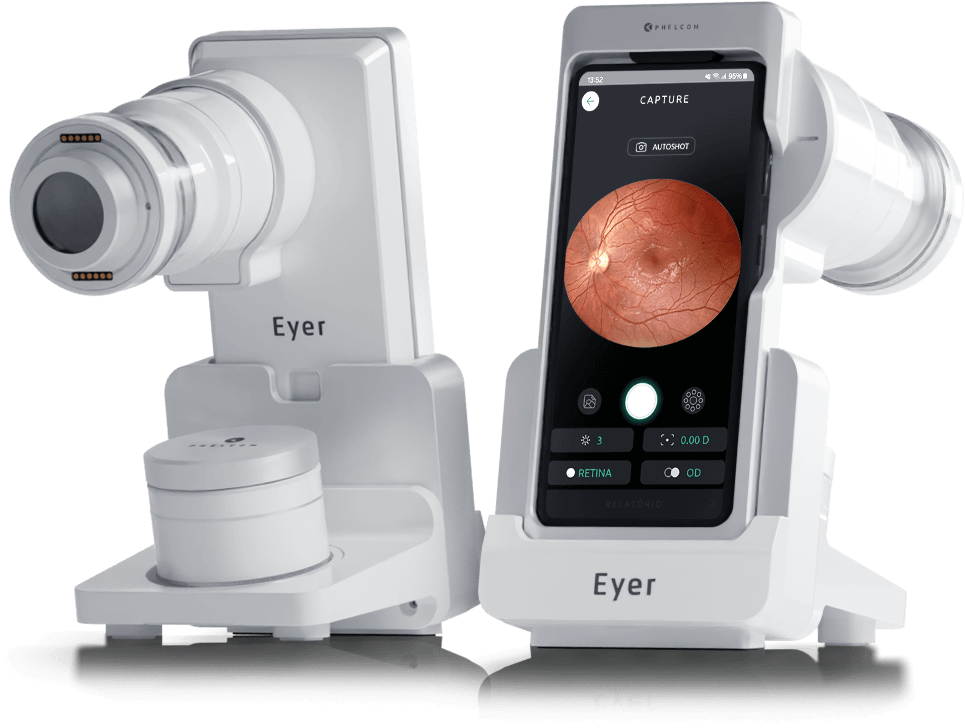Retinal neurons were first identified more than 100 years ago. But now scientists at the University of Utah in the United States have discovered a new type of retinal cell.
Published in the Proceedings of National Academy of Sciences, United States, the research found a hitherto unknown type of interneuron in the retina of mammals.
Learn more about the study, how it was conducted, and the next steps.
The research
In the central nervous system, a complex circuit of neurons communicates with each other to transmit sensory and motor information. “Interneurons” act as intermediaries in the communication chain.
Researchers at John A. Moran Eye Center of the University of Utah (USA) have identified a new type of interneuron in the mammalian retina. The new cell does not fit into the current five classes of retinal neurons: photoreceptors, horizontal cells, bipolar cells, amacrine cells and endogenous cells. This is due to differences presented in their morphology, physiology and genetic properties.
Thus, the scientists responsible for the discovery propose that this new type of cell should belong to a new class of retinal neurons.
The team dubbed the discovery a “bell cell” because of the hand-bell-like shape. The discovery unites two cell types, cones and rods, and does extra processing in the cells. Thus, they relay visual signals of both types of photoreceptor rods and photoreceptor cones in the retina, but their precise purpose is subject of ongoing research.
Experiments have shown that bell cells remain activated for an unusually long time – up to 30 seconds – in response to a 10-millisecond flashlight stimulus.
“In the brain, persistent firing cells are believed to be involved in memory and learning. Once campana cells have a similar behavior, we theorize that they could play a role in requesting a temporal ‘memory’ of a recent stimulation,” said research leader Ning Tian.
Undoubtedly, it is a great discovery that contributes directly to the search for a better understanding of the central nervous system, since it detects all classes of neurons and their connections.
Source: Medical Xpress
Reviewed by Paulo Schor, ophthalmologist, associate professor and director of innovation of the Federal University of São Paulo (Unifesp) and collaborator of the Faculty of Medicine of the Albert Einstein Hospital.
Follow Phelcom’s blog and stay on top of the main health news.
Subscribe





